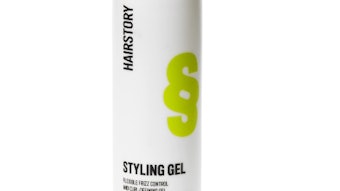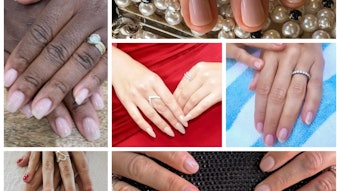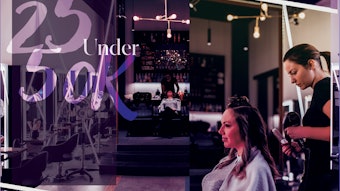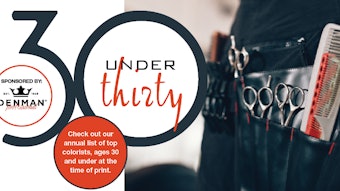 After establishing the fundamentals of elevation and over direction, finger angle comes into play. Finger angles within sections are very important because they create depth in shapes…and when not understood properly, can cause confusion when cutting. Andrew Carruthers, Director of Education for Sam Villa, reviews the fundamentals of finger angles:
After establishing the fundamentals of elevation and over direction, finger angle comes into play. Finger angles within sections are very important because they create depth in shapes…and when not understood properly, can cause confusion when cutting. Andrew Carruthers, Director of Education for Sam Villa, reviews the fundamentals of finger angles:
Why focus on finger angle? It’s what allows a stylist to have control over a shape - it is the key to creating depth and truly customizing a design to each head shape. Imagine a swimming pool…finger angle sets up which part of the section is the deep end and which end is the shallow end. Or, perhaps the pool is a consistent depth from one end to the other. This aspect of the fundamentals can be the most creative piece to building a shape and it can also be the most challenging. Even if elevation and over direction are flawless, a poorly chosen finger can defeat both of the previous fundamentals.
Finger Angle Tips
• When working in horizontal sections – finger angle influences the horizontal (front to back or side to side) aspect of the silhouette
• When working in vertical sections – finger angle influences the vertical (up and down or top to bottom) aspect of the silhouette
The three hair cutting foundations, elevation, over direction and finger angle, can be applied to any cut for any guest, and when understood properly, will give a stylist total control over a cut and improve the final outcome of any look.
[Video courtesy of Glow Communications]











